New muscles and electronics setup were needed for the crushing pressures.
Get the latest international news and world events from around the world.


Evolution drives autism and other conditions to occur much more frequently in boys
In autism, male-female imbalance is especially pronounced. Boys are as much as four times more likely to have some form of autism and are also more likely to have severe symptoms.
HAMILTON, ON, March 3, 2021 — Evolutionary forces drive a glaring gender imbalance in the occurrence of many health conditions, including autism, a team of genetics researchers has concluded.
The human genome has evolved to favour the inheritance of very different characteristics in males and females, which in turn makes men more vulnerable to a host of physical and mental health conditions, say the researchers responsible for a new paper published in the Journal of Molecular Evolution.
Their analysis shows that while there are certain conditions that occur only in women (cervical cancer and ovarian cancer, for example), or much more frequently in women (such as multiple sclerosis), men are more prone to medical conditions overall and, as a result, on average die sooner than women.

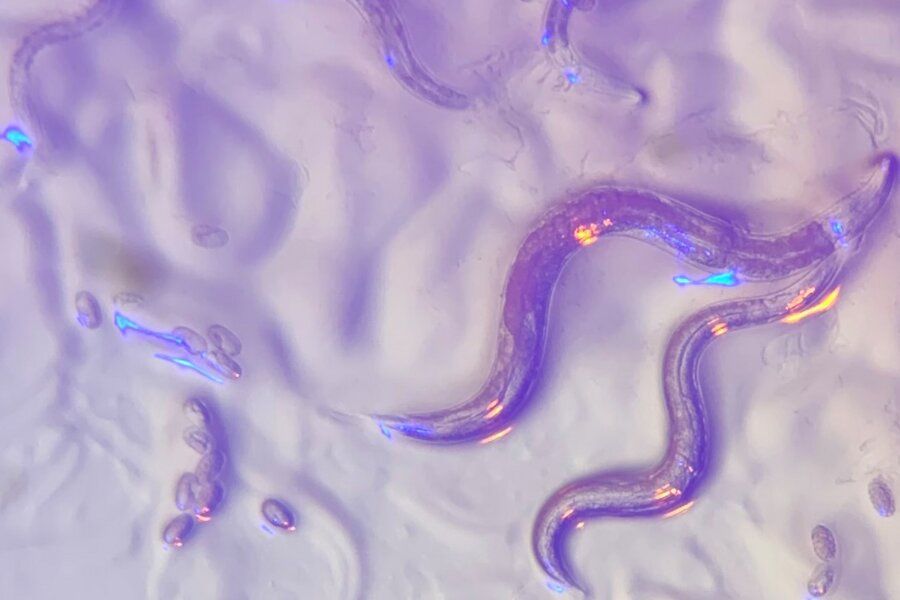
Roundworms ‘read’ wavelengths in the environment to avoid dangerous bacteria that secrete colorful toxins
Roundworms don’t have eyes or the light-absorbing molecules required to see. Yet, new research shows they can somehow sense color. The study, published in the journal Science, suggests worms use this ability to assess the risk of feasting on potentially dangerous bacteria that secrete blue toxins. The researchers pinpointed two genes that contribute to this spectral sensitivity and are conserved across many organisms, including humans.
“It’s amazing to me that a tiny worm —with neither eyes nor the molecular machinery used by eyes to detect colors—can identify and avoid a toxic bacterium based, in part, on its blue color,” says H. Robert Horvitz, the David H. Koch Professor of Biology at MIT, a member of the McGovern Institute for Brain Research and the Koch Institute for Integrative Cancer Research, Howard Hughes Medical Institute Investigator, and the co-senior author of the study. “One of the joys of being a biologist is the opportunity to discover things about nature that no one has ever imagined before.”
The roundworm in question, Caenorhabditis elegans, is only about a millimeter long. Despite their minute stature and simple nervous system, these nematodes display a complex repertoire of behaviors. They can smell, taste, sense touch, react to temperature, and even escape or change their feeding patterns in response to bright, blue light. Although researchers once thought that these worms bury themselves deep in soil, it’s becoming increasingly clear that C. elegans prefers compost heaps above ground that offer some sun exposure. As a result, roundworms may have a need for light-and color-sensing capabilities after all.

Life Expectancy Falling for Adults Without a Bachelor’s Degree
Summary: Since 2010, there has been an absolute rise in mortality for adults without a college degree. For those with higher education experience, mortality rates have decreased during the same time period.
Source: Princeton University.
Life expectancy in the United States dropped in 2020 due to COVID-19, but, for American adults without a college degree, the increase in mortality in adulthood occurred even earlier, according to a new study authored by Anne Case and Sir Angus Deaton of Princeton University.
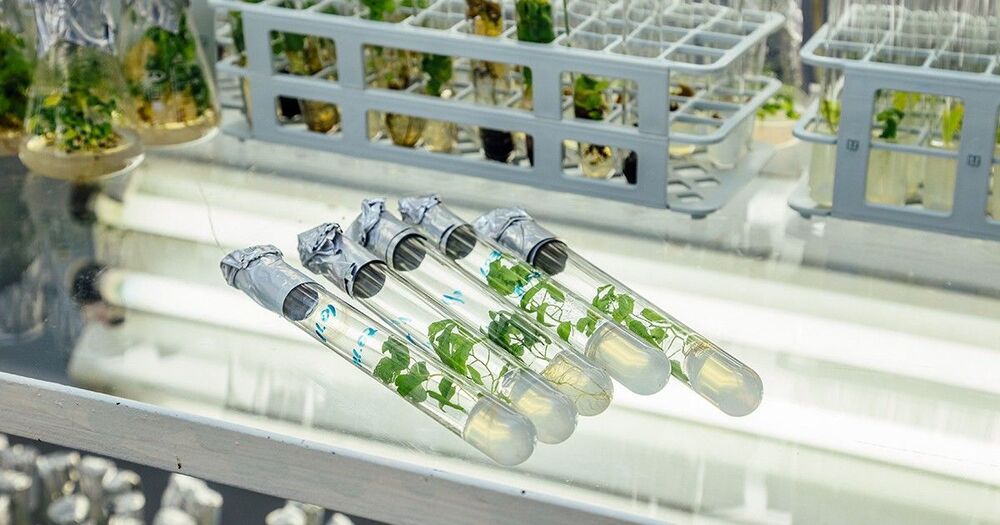
Should We Genetically Engineer Carbon-Hungry Trees?
“If you don’t do both, you’re not going to get very far,” he says. He wants to bring “carbon drawdown” technologies into the conversation with genetically modified trees.
Last year, DeLisi organized a workshop with a team of heavy hitters — Sir Richard Roberts (biochemist, Nobel laureate, and staunch advocate for GMOs), Val Giddings (a geneticist at the Information Technology and Innovation Foundation), and researchers from Oak Ridge National Laboratory — to create solutions, like genetically modifying carbon-hungry trees.
And they are close.
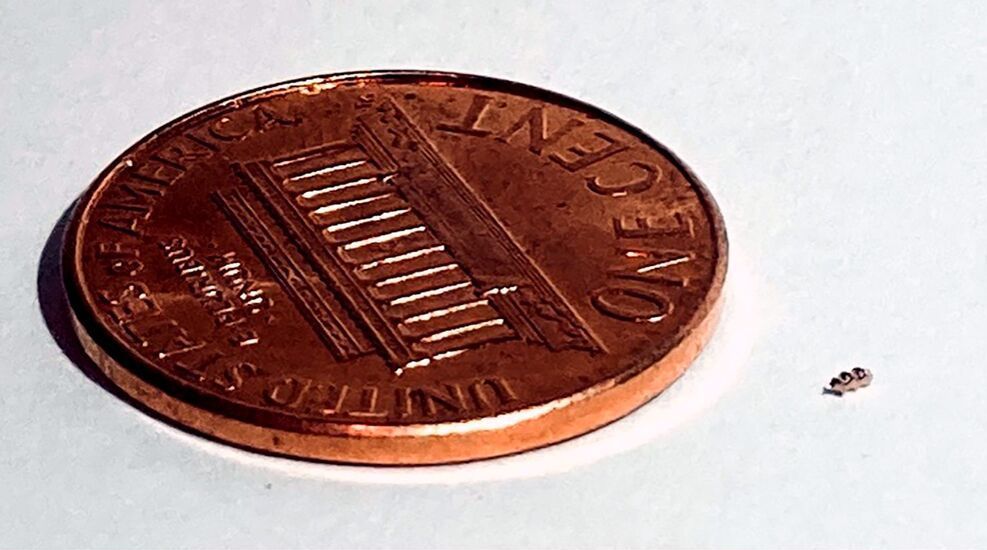
This L.A. start-up is building tiny injectable robots to attack tumors
Doctors take a microscopic craft loaded with cancer-killing chemicals, inject it into the human body, and drive it to a malignant tumor to deliver its payload before making a quick exit. The plan is to move to clinical trials by 2023.
Chemotherapy and radiation can cause too much collateral damage to treat some brain tumors. Crumb-sized robots could be the solution.
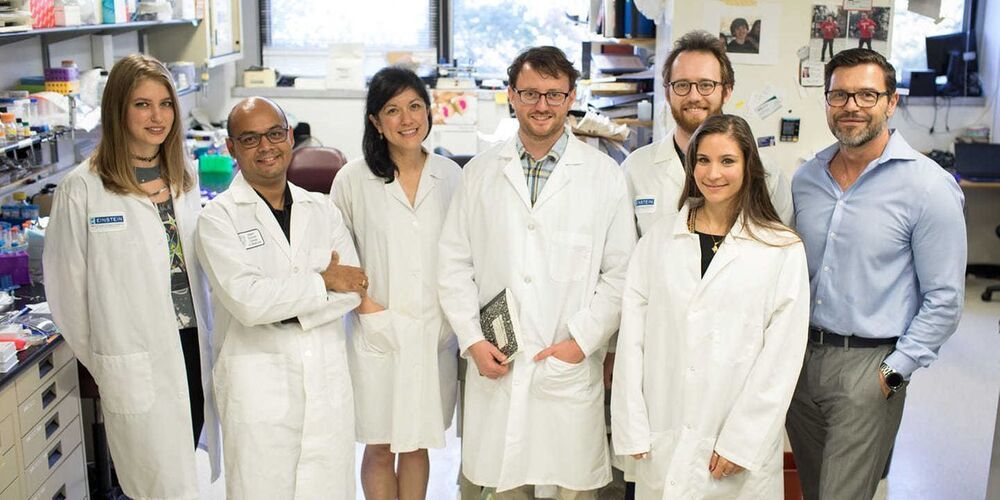
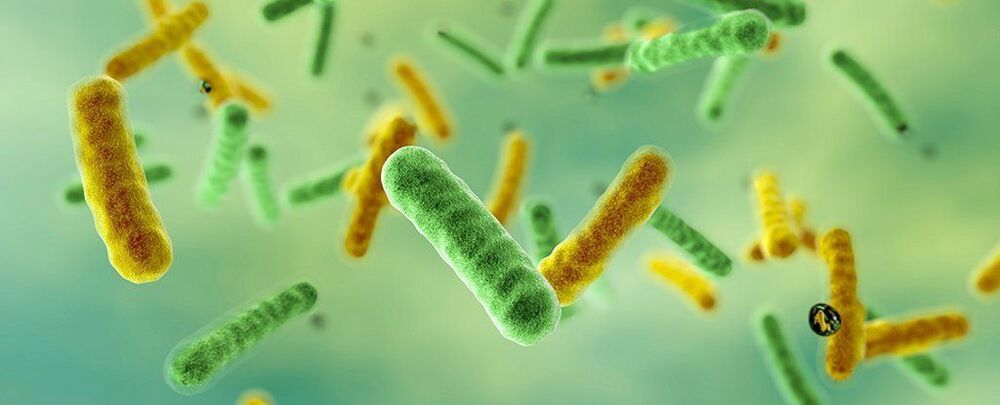
Bacteria Could Be The First Organisms Found to Use Quantum Effects to Survive
Bacteria have been found exploiting quantum physics to survive.
Oxygen is life to animals like us. But for many species of microbe, the smallest whiff of the highly reactive element puts their delicate chemical machinery at risk of rusting up.
The photosynthesizing bacterium Chlorobium tepidum has evolved a clever way to shield its light-harvesting processes from oxygen’s poisonous effects, using a quantum effect to shift its energy production line into low gear.
A study conducted by scientists from the University of Chicago and Washington University in St. Louis has shown how the bacterium throws a spanner into its quantum resonance to ‘tune’ its system so that it loses energy in the presence of oxygen, preventing it from wrecking its photosynthetic apparatus.